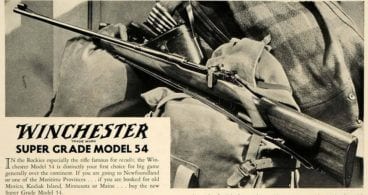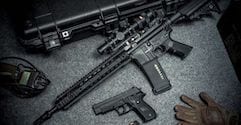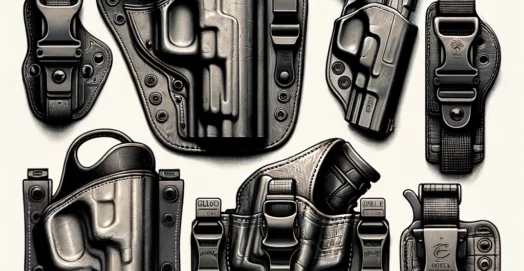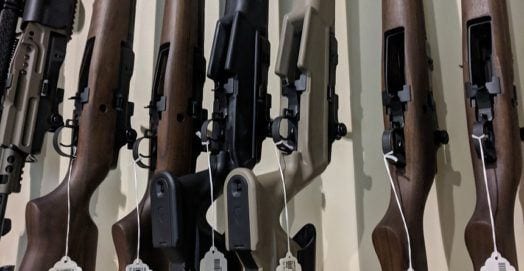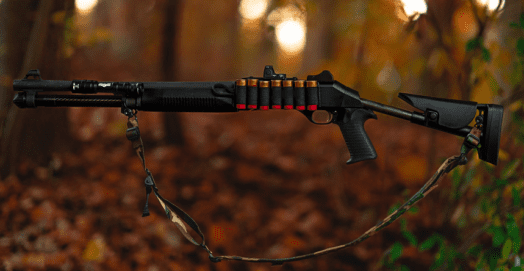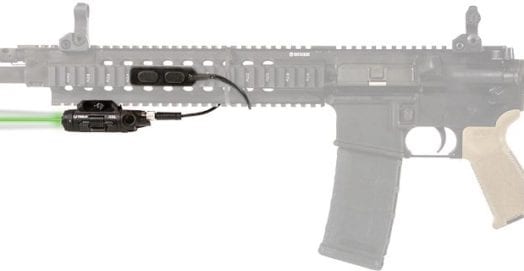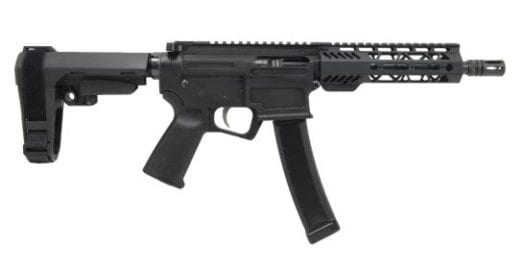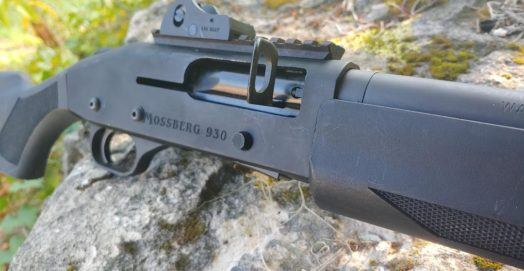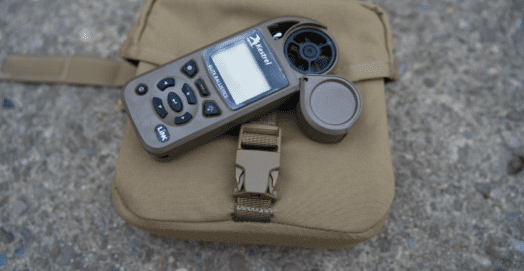9MM vs. .40 Cal: Which is Better for Survival & EDC?

The debate between centerfire pistol calibers for self-defense is an expansive one. Some debates are valuable, and others are primarily fanboys fighting each other over a 9mm vs. .40 Cal.
The best method to see which is better is to look at both rounds objectively, which is what we are doing in this article as we compare the 9mm vs. the 40 caliber pistol rounds.
We break down these two popular calibers in seven different categories to find out which is most effective for survival & EDC.
Contents
Up to 60% Off Daily Deal Products. Palmetto State Armory – Bulk Ammo, MSR Rifles, Magazines & More
The 9mm vs. .40 Cal: Top 7 Factors
1. Price of Ammunition
Ammunition prices are an interesting aspect that comes into play when deciding a caliber. Going the cheapest route isn’t always the wisest, however, being budget conscious is an admirable goal. This is especially true when it comes to buying in bulk.
Out of the gate, the 9mm is slightly cheaper with the average price being 10 dollars for a box of 50 rounds, compared to 40 S&W 13 dollars per box. These are priced for big-box retailers on standard FMJ cartridges.
Self-defense ammunition narrows the price gap to the point of no discernible difference. Looking at the popular Hornady Critical Duty for both the 9mm and 40 S&W and you get a price difference of 68 cents per box of 20 from online retailers.
The price between firearms chambered for the cartridge rarely differs either. Both calibers are incredibly popular with civilian shooters and law enforcement, so most major companies produce firearms in both 9mm and 40 S&W. Unlike the 9mm and the 22lr, there is rarely any price difference between the 9mm and 40 S&W variants.
9mm clearly holds the better price for bulk purchases and for cheaper target or practice ammunition. The difference between defensive ammunition is rarely more than a dollar per box and isn’t discernible.
9mm vs. .40 Cal Winner: 9mm (Just barely)
2. Availability of Ammunition
Both ammo types are quite popular and easy to find at any ammo retailer. From big box stores to mom and pop gun shops both calibers are everywhere. Both calibers also have a variety of different target and self-defense loads available to them.
Both calibers can easily be bought in bulk online as well. The main difference in availability was mostly noticed from 2012 to 2014 when there was an ammunition drought. 9mm was difficult to find and almost impossible to buy in bulk just like the ammo for .22 pistols.
40 S&W, however, remained available. This could be due to 9mm being more popular and therefore more people purchasing it. Or it could be that until very recently the 40 S&W has been the choice for law enforcement since the early 1990s.
This means more 40 S&W is produced than 9mm for these law enforcement contracts leading to more on the shelves perhaps? Regardless of the reasoning 40 S&W and 12 gauge were the only calibers widely available for almost two years.
That can change, but as of now, 40 S&W has proven to be the more available ammunition.
9mm vs. .40 Cal Winner: 40 S&W
3. Ballistic Penetration Comparison
Both of these rounds were designed initially for military or police work. With that in mind, they had to have the ability to stop an aggressive attacker. To do so the round needs to be capable of penetrating at least 12 inches of ballistic gel.
If it can penetrate 12 inches of ballistic gel it can strike a vital organ and stop an attacker.
These are more dependent on a round’s specific load more than the round itself. However, both the 9mm and 40 S&W are generally capable of exceeding that 12-inch limit, and both rounds have an excellent choice of self-defense loads.
Modern defensive loads make the 40 S&W and 9mm quite equal on soft flesh. The biggest difference comes from barrier penetration. 40 S&W, when loaded with a defensive load, penetrates barriers better than 45 ACP and 9mm.
The round is less likely to be deflected when penetrating a hard barrier and this could be a concern for law enforcement and military applications. Concealed carriers may not have the same concern. Regardless 40 S&W edges ahead for this category.
9mm vs. .40 Cal Winner: 40 S&W
4. Firearms Capacity
Due to the initial size difference between 9mm and 40 S&W one of the biggest differences is capacity. Guns in 40 S&W are often built to the same specifications as the 9mm version. For example, the Glock 22 and Glock 17 are nearly identical.
Because of this, the space to house ammunition is typically the same.
This leads to the 9mm often being able to hold more ammunition overall with standard magazines. Using the Glock 17 and the Glock 22 as examples once more you’ll see the Glock 17 can hold 17 rounds and the Glock 22 can hold 15 rounds.
This remains the same in almost every weapon out there. From single to double stacks the 9mm most often holds more rounds than the 40 S&W. This is an important consideration when you consider that no one ever asked for less ammo in a gunfight. Just make sure you have a big enough range bag to carry it all.
9mm vs. .40 Cal Winner: 9mm
5. Caliber Recoil Comparison
Recoil and recoil mitigation is a major consideration for any self-defense or duty firearm. The less recoil the more pleasant the weapon is to shoot, and the faster it can be mastered, and the faster it can be fired accurately. 40 S&W is a better barrier penetrator hands down, however, to propel a projectile that is fast and heavy enough to pierce barrier shooters have to compromise on recoil.
Recoil on the 40 S&W can range from kind of snappy with a full-sized pistol to downright annoying with a compact. Small guns like the Glock 27 will often drift out of that perfect grip after a few shots and require readjustment.
9mm is downright pleasant to shoot, even in small, lightweight guns. Rarely would anyone describe the recoil effects on 9mm as harsh. 9mm also has a wide variety of loads designed for lowered recoil for those who are super recoil sensitive.
9mms recoil allows for faster follow up shots, more pleasant shooting, and less wear and tear on most firearms.
9MM vs. .40 Cal Winner: 9mm
6. Handgun Options
Both rounds are chambered in a wide variety of automatic pistols both big and small. They can both be carried concealed effectively. The 9mm round seems to be the current fad alongside single stack concealed carry pistols. 9mm has also been around much longer than 40 S&W so by that metric alone provides overall more firearms.
Both rounds even have offerings in revolvers, although the 40 S&W seems to only have one while 9mm has quite a few. When it comes to pistol caliber carbines the 9mm has the 40 S&W beat. Sure you can find 40 S&W carbines, but modern pistol caliber carbines all lean towards the 9mm.
This includes the CZ Scorpion, the SIG MPX, PSA’s Glock based AR, and more. The 9mm simply finds its way into more carbines than the 40 S&W.
9mm vs. .40 Cal Winner: 9mm
7. Terminal Performance of the Round
Terminal performance of a round deals with a variety of factors that come together to create a round that can incapacitate an attacker. These factors include penetration, expansion, and velocity. Different ammunition loads do perform differently, so comparisons will only be made between ammunition that is the same line.
Modern defensive ammo needs to penetrate at least 12 inches into 10% ballistic gel. At the same time, it needs to strike with enough velocity to allow the round to expand. Since most modern defensive ammo is hollow point, ammo expansion allows the round to grow and create more damage.
Bullets stop a violent attacker by striking something vital or causing blood loss. If a shooter misses something vital, blood loss acts as a secondary effect. Typically, the bigger the hole the more blood is lost, except for arteries which would be considered vital areas regardless.
The bigger a bullet expands the greater likelihood of blood loss it entails. So the bullet needs to penetrate, needs to hit fast enough to allow expansions and then needs to expand once it strikes a target.
When comparing similar defensive loads we begin to see why the 9mm has had a resurgence in popularity. Modern defensive ammunition has bridged the gap between rounds like the 9mm and 40 S&W when compared defensively.
The Remington Golden Saber rounds and SIG V Crown JHPs provide some interesting numbers. The SIG V Crown 124 grain 9mm round penetrates 16 inches, expands to .54” and has a velocity of 1070 feet per second when fired from a compact weapon. The Sig V Crown 40 S&W penetration 20 inches, expanded to .55” and had a velocity of 1014 feet per second.
The Golden Saber 124 grain 9mm penetrates 17.9 inches, expands to .66” and has a velocity of 1170 feet per second. The Golden Saber 165 grain 40 S&W had 19.9 inches of penetration, expanded to .66’’ and had a velocity of 1113 feet per second.
We’ve established the 40 S&W is a better penetrator, but in a soft target, anything beyond 18 inches runs the risk of over penetrating a person. The difference between the two rounds isn’t discernible or is barely discernible.
9mm vs. .40 Cal Winner: Too close to call.
9mm vs. .40 Cal: Overall Winner
Between the 9mm vs. .40 Cal, the 9mm is our top pick overall.
Most of the guys on our editorial staff said they would choose the 9mm in favor of the 40 caliber if they could only choose one firearm of choice. A few of them said they’d prefer a 1911 paired with its favorite holster over the 9mm, but given the choice of 40 cal comparison, the 9mm won hands down. In the important fields it does very well. It delivers similar penetration and expansion with a higher capacity and noticeably reduced recoil.
The 40 S&W is superior for barrier penetration but is getting stale as the 9mm catches up.
The 9mm was designed in 1902 and is an excellent example of how life in firearms is a marathon and not a sprint. Not to mention, the 9mm is synonymous with one of our favorite model handguns, the CZ 75B. Hard to go wrong with a classic caliber and a classic handgun.
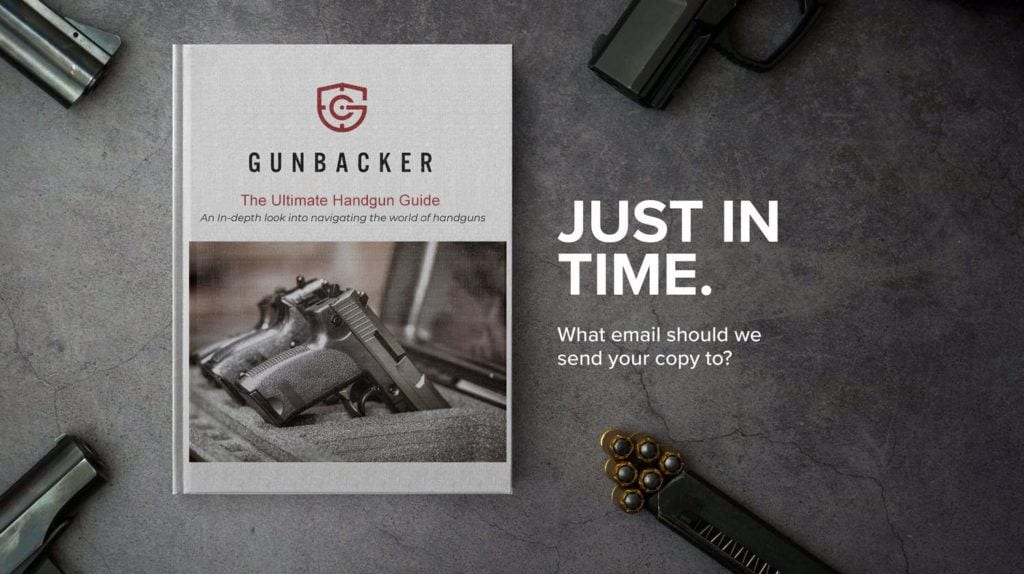
[gravityform id=”3″ title=”false” description=”false”]

